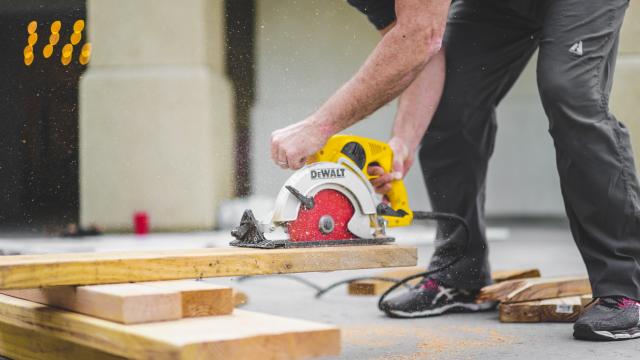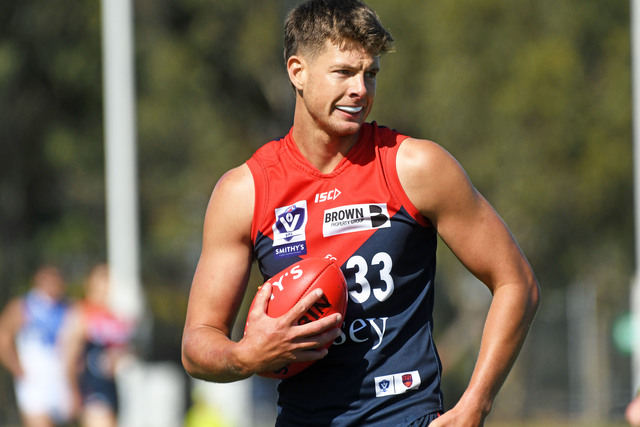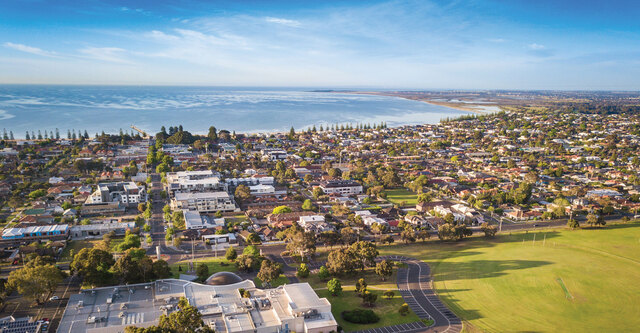By Ben Cameron
Brimbank has two of the three worst football grounds in the north-west, a study has found.
While the region has the third highest number of players registered with AFL Victoria, one club says players are faced with portable changerooms and hoons on motorbikes doing burnouts during training sessions.
The sad state of play was revealed in the draft Western Metropolitan Region Football Facilities Strategy, involving AFL Victoria and Wyndham, Melton, Maribyrnong, Brimbank and Hobsons Bay councils, with input from the Western Region Football League and Western Metropolitan Region football community.
Brimbank has 2345 players registered with AFL Victoria, the third highest across the north-west behind Wyndham (4205) and Melton (2924).
The study revealed Errrington Reserve at St Albans, used by St Albans Football Club, was the poorest venue in terms of facilities.
Delahey Reserve, used by Taylors Lakes Football Club, was third worst. The grounds ranked 43 and 52, respectively, out of a possible 132 points.
By contrast, Keilor Recreational Reserve was the north-west’s second best-rated sports ground.
Taylors Lakes Football Club president Jack Tamer said he “totally” agreed with the rating.
He said Delahey Reserve needs fencing off to protect it from young hoons on motorbikes, who have been doing burnouts on the oval during practice sessions this season.
“The council needs to protect its investment,” he said. “We have a few cops at our club, but it’s hard to stop these kids. They do all kinds of stupid things. ”
He said with more than 300 players across junior and senior divisions, the local football community had outgrown its facilities.
He said change facilities at the ground were limited to just two portables. “We just want a good space where our kids can play and develop,” he said. “General seating would be appreciated by all who use the oval.”
Tamer said the council should be commended, however, on the lighting at the ground and its efforts to maintain the oval under “difficult circumstances”.
Council’s acting community wellbeing director Kath Brackett said the strategy would be used when the council renewed its 2012 sports facility development plan.






